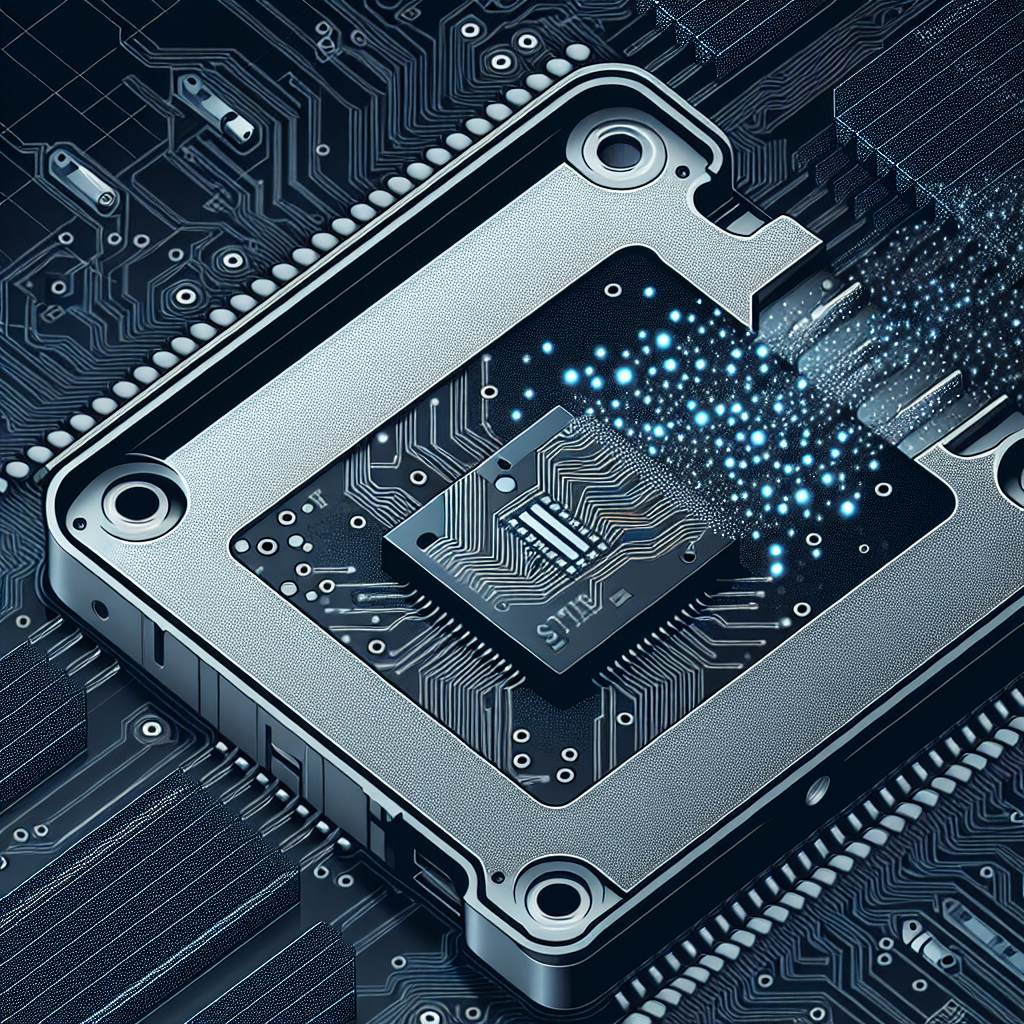Exploring the Advancements in NAND Flash Technology
NAND flash technology has come a long way since its inception, with advancements being made consistently to improve its performance, capacity, and reliability. NAND flash memory is commonly used in a variety of electronic devices, such as smartphones, tablets, and solid-state drives (SSDs), due to its fast read and write speeds, low power consumption, and high density.
One of the key advancements in NAND flash technology is the development of 3D NAND, which allows for higher storage capacities in a smaller form factor. Traditional NAND flash memory is 2D, meaning that the memory cells are stacked on a single plane. With 3D NAND, memory cells are stacked vertically, allowing for more storage capacity in the same amount of space. This has enabled manufacturers to create SSDs with capacities ranging from 1TB to 4TB, making them ideal for storing large amounts of data.
Another significant advancement in NAND flash technology is the development of multi-level cell (MLC) and triple-level cell (TLC) NAND flash memory. MLC NAND flash stores two bits of data per cell, while TLC NAND flash stores three bits per cell. This allows for higher storage densities and lower costs per gigabyte compared to single-level cell (SLC) NAND flash memory. However, MLC and TLC NAND flash have lower endurance and slower write speeds compared to SLC NAND flash, making them more suitable for consumer applications rather than enterprise use.
In addition to 3D NAND and MLC/TLC NAND flash memory, manufacturers have also made advancements in improving the performance and reliability of NAND flash technology. One such advancement is the implementation of error correction codes (ECC) and wear leveling algorithms, which help to ensure data integrity and extend the lifespan of NAND flash memory. ECC helps to detect and correct errors that may occur during read and write operations, while wear leveling algorithms distribute data evenly across the memory cells to prevent certain cells from wearing out faster than others.
Overall, the advancements in NAND flash technology have made it an essential component in modern electronic devices, providing fast and reliable storage solutions for consumers and businesses alike. With ongoing research and development in the field, we can expect to see even more improvements in NAND flash technology in the years to come, further enhancing its performance, capacity, and reliability.


